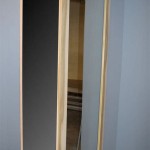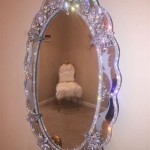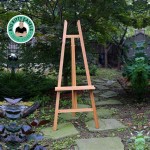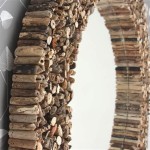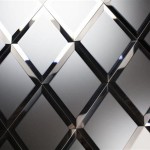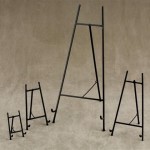How to Glue Mirrors to a Wall
Attaching a mirror to a wall using adhesive offers a sleek, modern alternative to traditional hanging methods. However, proper preparation and execution are crucial for ensuring a secure and lasting bond. Choosing the correct adhesive and following the appropriate steps will prevent damage to both the mirror and the wall.
Choosing the Right Adhesive
Selecting the appropriate adhesive is paramount for successful mirror installation. Several factors influence this decision, including the mirror's size and weight, the wall's material, and the environmental conditions of the room. Using the wrong adhesive can result in the mirror falling, potentially causing damage and injury.
Neutral-cure silicone adhesives are generally recommended for mirrors. They provide a strong, durable bond and remain flexible, accommodating slight movements caused by temperature fluctuations and settling. They are also suitable for various wall surfaces, including painted drywall, tile, and concrete. Construction adhesives can also be used, but they offer less flexibility and are more challenging to remove if the mirror needs repositioning.
Avoid using acidic silicone adhesives, as they can react with the mirror's backing and cause damage over time. Similarly, avoid general-purpose "super glues" or instant adhesives. These adhesives are not designed for the weight and specific requirements of mirror installation and can fail unexpectedly.
Always consult the adhesive manufacturer's instructions to ensure compatibility with both the mirror and the wall material.
Preparing the Wall Surface
Proper wall preparation is essential for achieving a strong and lasting bond. The surface must be clean, dry, and free of any dust, debris, or loose paint. Cleaning the wall with a mild detergent and water, followed by thorough drying, is typically sufficient. For walls with a glossy finish, light sanding can improve adhesion.
If patching or repairs are necessary, ensure they are complete and dry before proceeding. Any imperfections in the wall surface can compromise the adhesion of the mirror.
Preparing the Mirror
Like the wall, the back of the mirror must also be clean and dry. Wipe it down with a clean cloth to remove any dust or debris. Ensure the mirror is free of any protective film or stickers that might interfere with the adhesive.
Applying the Adhesive
Applying the adhesive correctly ensures even weight distribution and a secure hold. For most mirrors, applying the adhesive in vertical lines or a zig-zag pattern across the back of the mirror is recommended. This pattern allows for better airflow and ensures full contact with the wall surface. Avoid applying the adhesive in a continuous bead around the perimeter, as this can trap air and prevent proper adhesion.
The spacing of the adhesive lines depends on the size and weight of the mirror. Heavier mirrors require more adhesive and closer spacing. Consult the adhesive manufacturer's guidelines for specific recommendations.
Leave a small gap between the edge of the mirror and the adhesive lines to prevent the adhesive from squeezing out and creating a mess when the mirror is pressed against the wall.
Mounting the Mirror
Once the adhesive is applied, carefully position the mirror on the wall. Use a level to ensure it is straight and plumb. Press the mirror firmly against the wall for several minutes to ensure good contact with the adhesive. Depending on the adhesive used, the mirror may require temporary support while the adhesive cures.
Mirror mounting clips or temporary supports can be used to hold the mirror in place during the curing process. These supports should not bear the full weight of the mirror but rather provide stability and prevent slippage. Follow the adhesive manufacturer's instructions regarding curing times and the removal of any temporary supports.
Safety Precautions
When working with adhesives and heavy objects like mirrors, safety is paramount. Wear appropriate safety glasses to protect your eyes from potential splashes or debris. Gloves should be worn to prevent skin irritation from the adhesive.
Ensure adequate ventilation in the work area, as some adhesives may emit fumes. If working with a particularly large or heavy mirror, enlist the assistance of another person to help with lifting and positioning.
Considerations for Different Wall Surfaces
Different wall surfaces may require specific considerations. For example, applying a mirror to a tiled wall requires ensuring the tiles are securely affixed and the grout lines are clean and free of debris. For textured walls, it might be necessary to apply additional adhesive or use spacers to create an even surface for the mirror to adhere to.
Always consult the adhesive manufacturer's instructions for specific recommendations based on the wall surface.

How To Glue A Heavy Mirror The Wall Mom Blog Society

How To Hang A Mirror On Wall Without Nails

How To Glue Mirror Wall Easy Adhesion Tips
What Is The Best To Use Glue Mirrors A Wall Quora

How To Use Mirror Adhesive Silicone

How To Hang A Mirror With No Slip Adhesive

How To Hang A Mirror On Wall Without Nails Guide For All Diyers

How To Glue A Mirror Wall Homesteady

How To Glue Mirror Wall Easy Adhesion Tips

How To Stick Mirror On Brick Wall Bunnings Work Community

